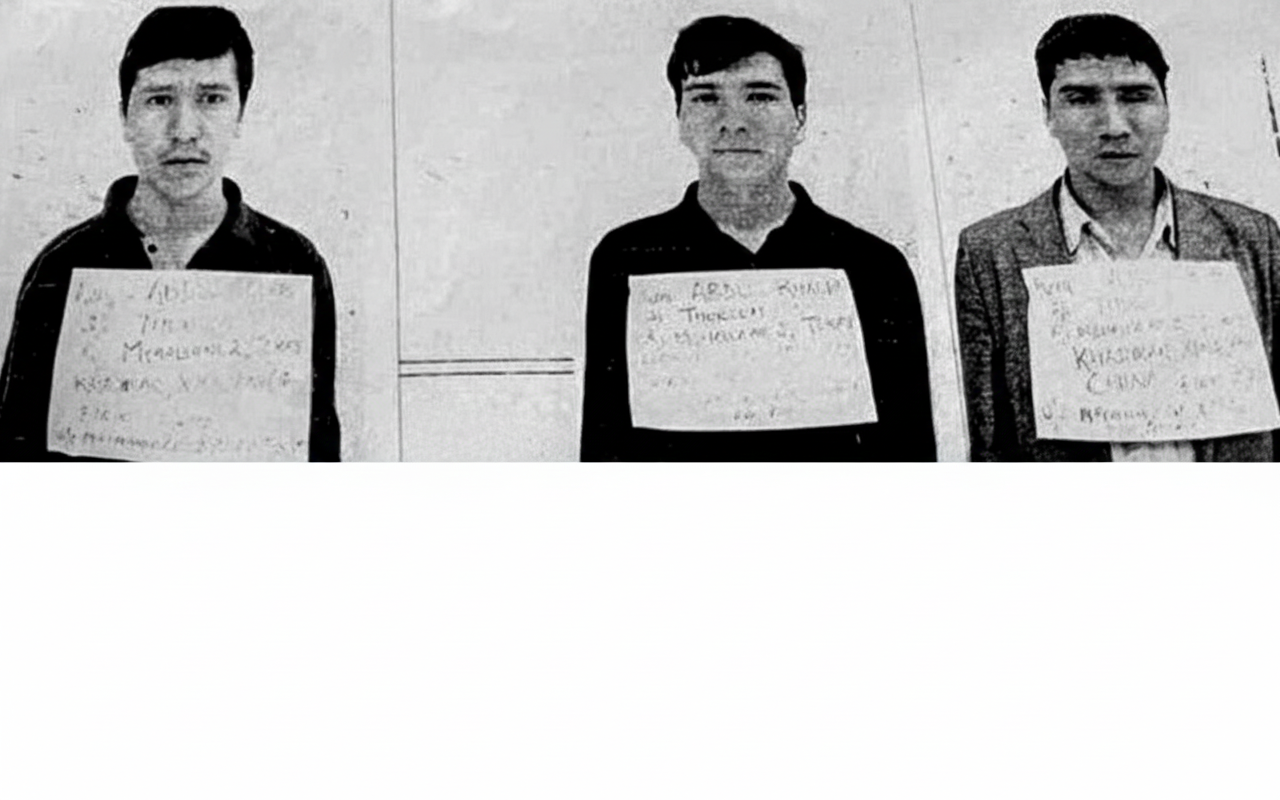
Nov 7, 2025
According to a recent BBC report, around 300 million tourists visited the Xinjiang Uyghur Autonomous Region in 2024 — a record figure promoted by Chinese state media as evidence of “peace and prosperity” in the area. The surge follows Beijing’s extensive campaign to market the Uyghur homeland as a key tourist destination along the so-called “Silk Road,” supported by heavy state investment in hotels, transportation, and infrastructure.
Human rights organizations, however, warn that this tourism boom is being used to project an image of normalcy while masking ongoing repression of Uyghurs and other Muslim minorities. Reports from groups such as the Uyghur Human Rights Project (UHRP) and Amnesty International emphasize that the expansion of tourism has coincided with continued mass surveillance, forced cultural assimilation, and restricted local movement.
Why it matters:
- The state-driven tourism push underscores Beijing’s use of economic and cultural imagery to reshape global perceptions of Xinjiang.
- International observers say the government’s promotion of “happy tourism” in the Uyghur region contrasts sharply with the lived reality of its Indigenous population.
- The campaign reflects China’s broader strategy of using soft power to deflect criticism of its human rights record.
Bottom line:
While China celebrates record tourism figures, the Uyghur region remains at the center of global concern — not for its scenic beauty, but for the ongoing erasure of Uyghur identity behind the façade of state-sponsored tourism.






